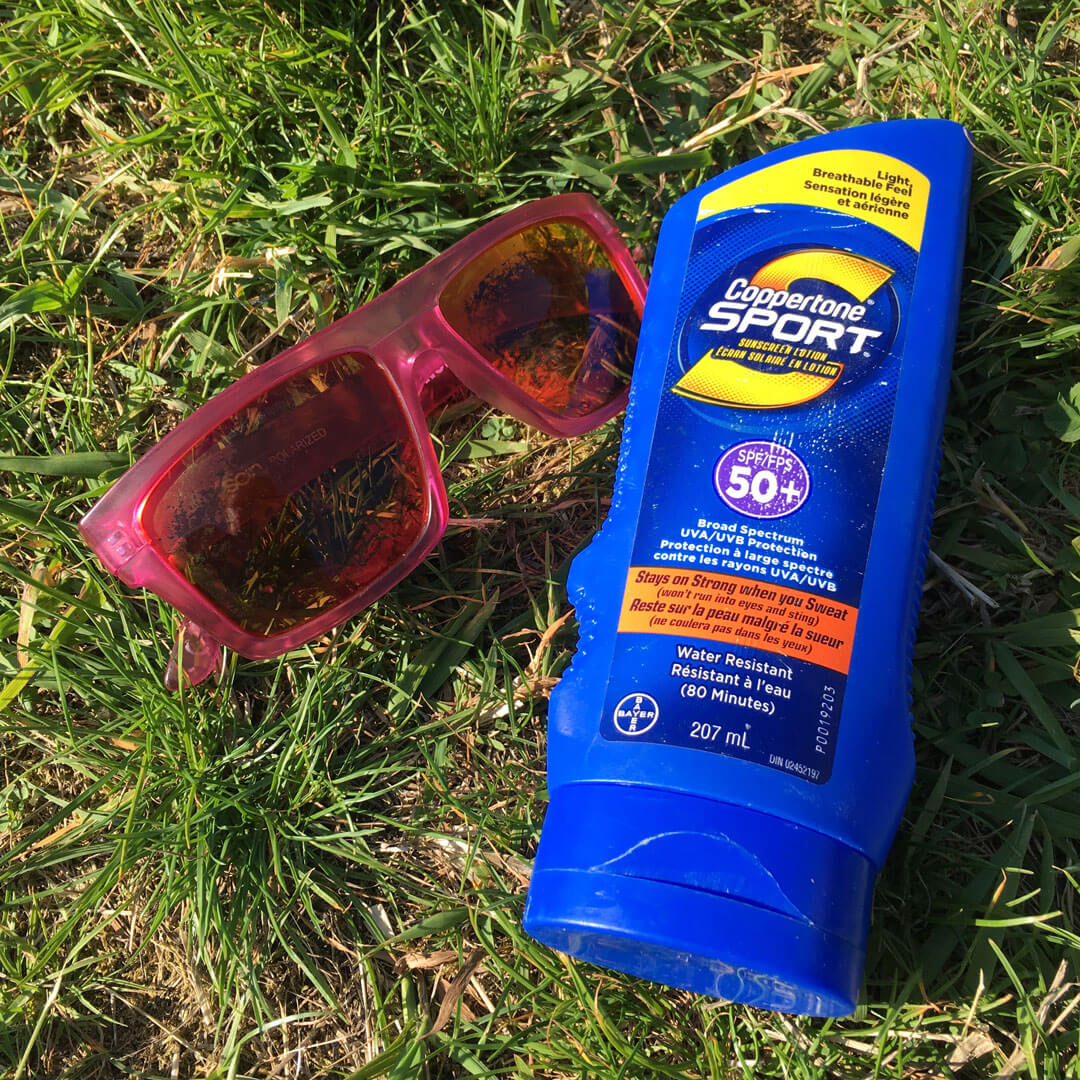Scroll through Instagram and you’ll surely find photos of some amazing outdoor destinations. There’s endless inspiration to convince you to step out of the city and into nature. However, it’s important to realize that oftentimes these destinations, although insta-famous, are still wilderness areas. Before you go get that perfect picture on your local mountain top or crystal-clear lake, take some time and pack these essential items for a safer and more comfortable adventure.

1. First Aid Kit
The size and contents of your first aid kit will depend on the type and duration of your trip. Most sports and outdoor retailers sell pre-assembled kits, which you can always customize later on to meet your needs.
A good starting point would be packing some gloves, gauze, band aids, first aid tape, SAM splint and a pocket or CPR mask. Equally important is knowing how to use the contents of your kit. Take a first aid course before you head out.
2. Communication devices
Before you go, save the emergency response numbers for your area in your cell phone. In some cases, this is more than just dialing ‘911’. If something goes wrong, you’re going to want to be able to call for help.
If you’re going on an extended trip, consider bringing a spare phone battery and keeping your phone in airplane mode to save power. If you’re exploring a more remote area, think about how you’ll communicate without cell service. Devices such as the Spot and InReach allow for two-way communication with rescuers in remote areas.

3. Extra food and water
If your hike ends up being longer than anticipated, you’ll be grateful to have packed some extra food or water with you. This will give you the energy you need to get home and make you feel a lot more comfortable. Granola bars make great lightweight and non-perishable snacks to keep in the bottom of your pack. If you aren’t carrying extra water, you could carry something to treat water collected in streams or lakes such as a LifeStraw, Steri-Pen or Aquatabs.

4. Extra layers
While we always hope that the weather forecast is accurate, the reality is that things can change fast when you’re outside. A warm sunny day can quickly become cool if you get caught out after dark, or a storm can roll in, making it wet and windy. Pack an extra insulating layer as well as something to keep you dry, just in case. There are loads of lightweight options to pick from, but it is generally advised to avoid clothes made of 100% cotton.

5. Sun protection
Sunscreen and sunglasses will keep you safe from sunburn. Snow and water surfaces can lead to snow blindness without the right protection. Sunscreen can even help prevent heat exhaustion. In the mountains, sunscreen and sunglasses are an essential safety precaution.
6. Headlamp and spare batteries
Being able to see after dark will help you stay on the trail and avoid tripping over hidden hazards. A headlamp is preferred over a flashlight as it allows you to keep you hands free for other tasks. Save your phone battery for emergency calls instead of relying on your phone’s light. Keep some spare batteries with your headlamp or in your first aid kit, just in case.

7. Shelter or tarp
There are lots of different shelters to pick from: a tent, a space blanket or a tarp are common choices. If someone gets injured, hypothermia is often a concern, use these to keep the person warm. If you’re caught after dark or in a storm, your shelter will help keep you out of the wind and dry from the rain. I like to carry a lightweight silicon tarp for its versatility.
8. Map or guidebook
If you get lost, would you be able to find your way back? Carry the appropriate map and a compass or guidebook for your adventure, and learn how to use it. We all carry smartphones and mobile apps such as Gaia can be used as a map, as long as you have the battery to do so. A map is also useful to find an alternative route if you come across an impassable part of a trail. These will also help you explain your location to search and rescue. Learn how to get your current GPS coordinates from your cell phone.
9. Signaling device
If someone is searching for you, you’d want to be able to capture their attention. Whistles are a great way to be heard by those nearby. A mirror will allow you to signal to a helicopter. A fire-starting kit will allow you to stay warm with a fire and create smoke to show your location. You may notice a Recco detector in your winter clothing. In some areas, search and rescue teams are now being equipped with Recco detectors to search for lost hikers in the summer.
10. Repair kit
A repair kit should contain items such as tape, some cord, and a knife or multitool. The contents of this kit will vary depending on your activity. For example, if you’re backcountry skiing, you’ll want to be able to fix a broken boot or binding; if you’re camping, you’ll want to be able to fix a hole in a sleeping pad. Gear can break, so be prepared to improvise a repair!
Once your bag’s packed with these items, you’re ready to head off and see some spectacular
places. Need some ideas? Here are a few destinations that intermediate to expert climbers travel to. And don’t forget, no adventure is without its risks, so be sure to get travel insurance.
Happy adventuring!
Amanda
